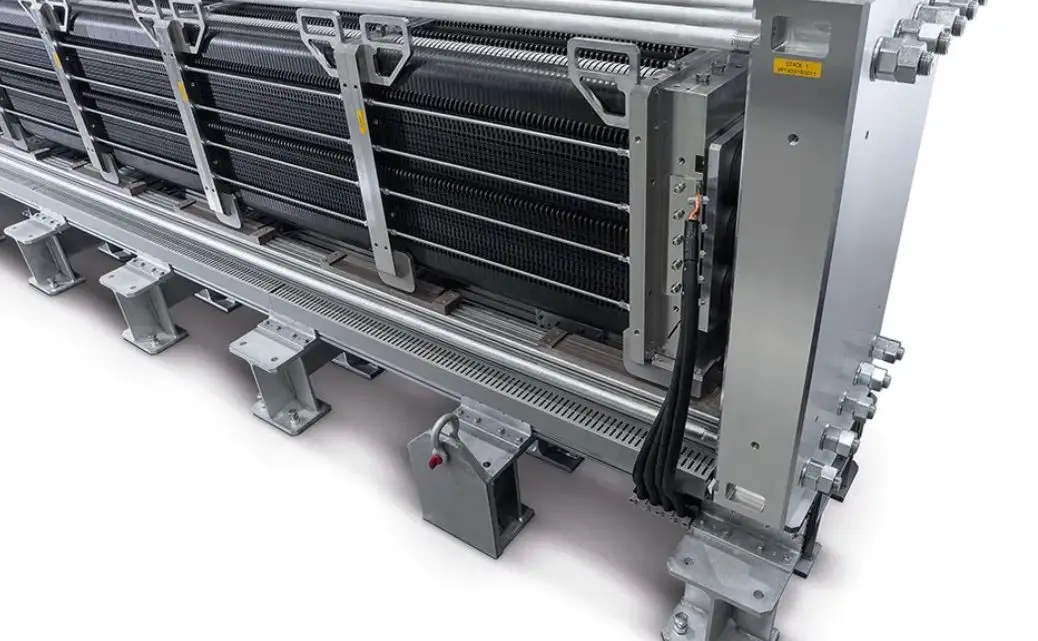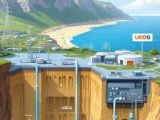
Siemens Energy Delivers First PEM Electrolysers to Air Liquide’s Normand’Hy Plant
November 25, 2025In a major stride for Europe’s hydrogen production goals, Air Liquide just welcomed its first delivery of 12 sleek PEM electrolysers from Siemens Energy for the 200 MW Normand’Hy project in Port-Jérôme, Normandy. Arriving on September 24, 2025, these stacks signal the leap from blueprints to on-the-ground assembly ahead of a 2026 startup. By blending advanced electrolysis tech with France’s industrial backbone, Normand’Hy is poised to become a flagship for large-scale, green hydrogen facilities.
Why Normandy?
What makes Normandy such a hotspot? Its Seine-Maritime coastline, anchored by the Port-Jérôme industrial zone, happens to be France’s top user of hydrogen, thanks to an array of refineries and chemical plants. Air Liquide has called this area home since the 1970s, cutting its teeth on traditional hydrogen production and early carbon capture pilot projects. By setting up shop where infrastructure and customers already exist, they’re slashing the need for new pipelines and turbocharging industrial decarbonization for nearby petrochemical and steel operations.
PEM Electrolysis: The Heart of Normand’Hy
At the core of Normand’Hy is PEM electrolysis, or Proton Exchange Membrane electrolysis. Think of it as a high-tech sandwich: a solid polymer membrane nestled between an anode and cathode, letting protons shuttle back and forth and split water into hydrogen and oxygen. The perks? Lightning-fast start-stop cycles—perfect for pairing with wind and solar—and top-tier hydrogen purity, essential for zero-emission mobility and refining. Siemens Energy’s Berlin gigafactory has been cranking out these stacks under tight quality checks to make sure they perform flawlessly at scale.
From Fossil to Renewable Hydrogen
Once Normand’Hy fires up, it’ll gulp down 200 MW of renewable electricity and churn out up to 28,000 tons of green hydrogen each year. That’ll replace a matching amount of grey hydrogen now made from natural gas, cutting around 250,000 tons of CO₂ annually. The best part? Local industries—long hooked on fossil hydrogen—can plug right into the new supply without ripping out their existing gear, giving a direct boost to regional industrial decarbonization.
A Pillar of Europe’s Energy Transition
Normand’Hy isn’t going it alone. Under the EU’s IPCEI framework, the project has snagged about €190 million in French and European grants through the Hy2Use initiative, part of a roughly €450 million total investment. That backing shows Brussels isn’t messing around when it comes to scaling up green hydrogen as a cornerstone of sustainable energy. While other hydrogen hubs are sprouting up in Germany, Spain, and the Netherlands, Normand’Hy stands out for its sheer size and deep integration with heavy industry.
Economic and Regional Benefits
Cutting carbon is just one piece of the puzzle. Building and running Normand’Hy will spark dozens of skilled jobs—from electrochemists to high-voltage technicians—right in Normandy. Plus, the project will nurture a local supply chain and spill over investments into hydrogen infrastructure, like refuelling stations and CO₂ transport lines, making the region more resilient and diversified energy-wise.
Carbon Capture and Beyond
Air Liquide isn’t stopping at green hydrogen. They’re teaming up with neighboring plants on fledgling carbon capture and storage (CCS) schemes to snag stray CO₂ from both new electrolysis and legacy hydrogen facilities. While CCS at Normand’Hy is still in the early planning phase, locking away emissions for methanol synthesis or permanent underground storage could ramp up the project’s circularity and shrink its lifecycle footprint even further.
Mobility Integration
Normand’Hy’s output won’t just fuel factories—it’ll power transport, too. Air Liquide plans to feed a regional network of refuelling stations for buses, trucks, and even ships plying Normandy’s ports. That hands-on approach shows how versatile hydrogen can be, knitting together zero-emission tech across both industry floors and public mobility routes. Over in Germany, Siemens Energy’s rolling out similar plays, underscoring a Europe-wide push to tie big electrolyser hubs to real-world end users.
Robust Financing and Public Backing
The financing behind Normand’Hy is a textbook case of blended finance: private cash from Air Liquide sitting side by side with public grants and loans. France’s “France 2030” program pitched in big, and EU recovery funds under the Recovery and Resilience Facility chipped in too. This mix not only de-risks mammoth projects but also sends a clear message to investors that hydrogen infrastructure is a top national and European priority.
Looking Towards 2026 and Beyond
With those first electrolyser stacks in place, the real work ramps up through 2025: mechanical assembly, system integration, and power-up testing. Engineers will put every stack through its paces under real renewable power swings before cranking production to full throttle. By 2026, Normand’Hy is set to flip the switch as one of France’s largest green hydrogen hubs, lighting the way for follow-on projects across Europe.
In the end, Normand’Hy is more than just a plant—it’s proof that when industry leaders, governments, and tech innovators pull together around a shared decarbonization vision, you get real momentum. As the world races to curb emissions, collaborations like this will set the rhythm of the clean energy transition—one electrolyser stack at a time.


 With over 15 years of reporting hydrogen news, we are your premier source for the latest updates and insights in hydrogen and renewable energy.
With over 15 years of reporting hydrogen news, we are your premier source for the latest updates and insights in hydrogen and renewable energy.